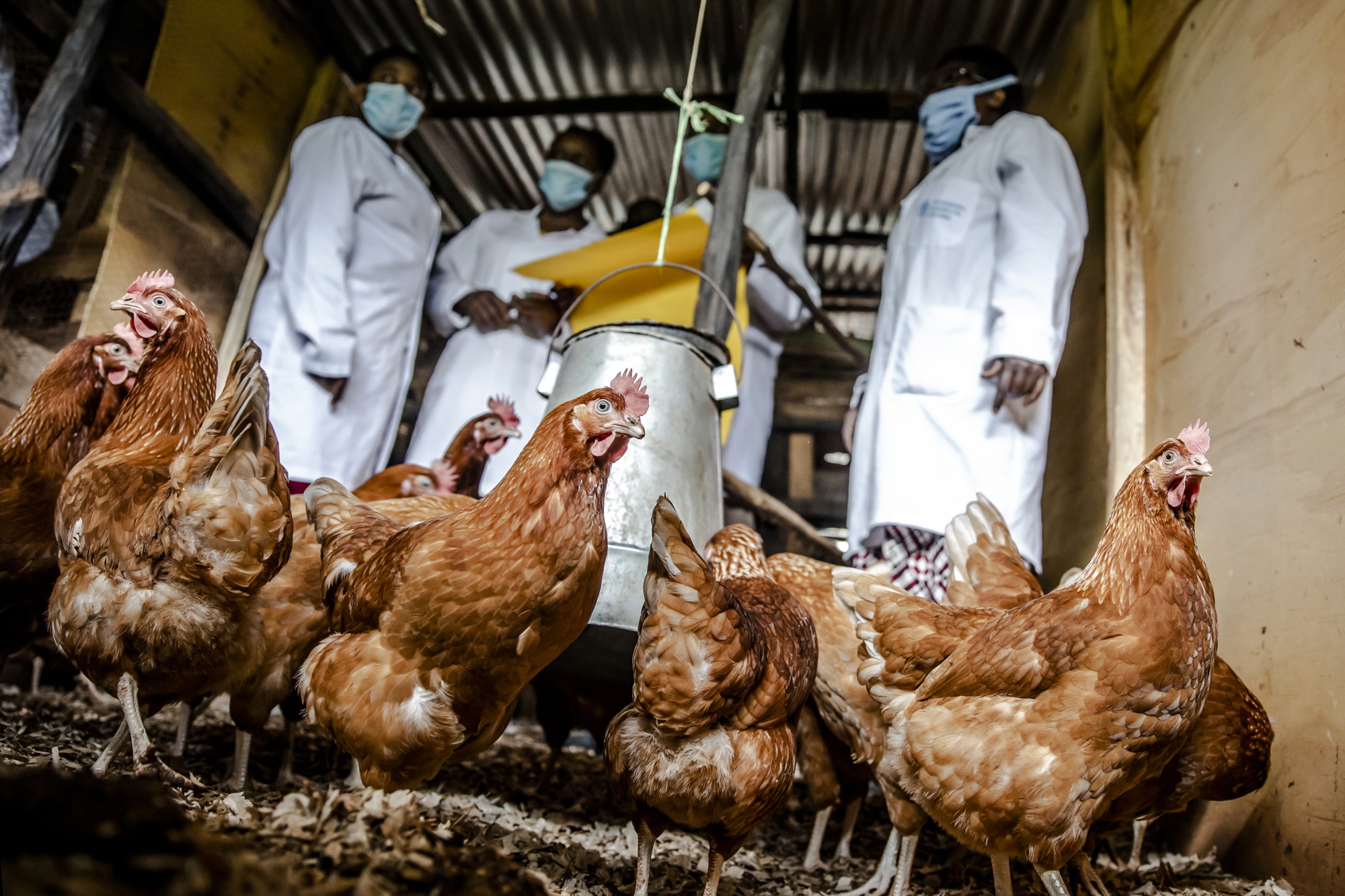Animal disease detection gets boost as FAO, MoFA collaborate on reporting and warning systems
By Juliet Etefe
Copyright thebftonline

By Wisdom JONNY-NUEKPE
The Veterinary Services Directorate (VSD)-Ministry of Food and Agriculture has collaborated with the Food and Agriculture Organisation (FAO) to officially launch the Event-based Mobile Application plus (EMA-i+) as the country’s national digital tool for surveillance and reporting diseases in domestic animals, wildlife, aquatic animals and bees.
First piloted in 20 districts during 2019, the earlier EMA-i application led to a three-fold increase in reported disease outbreaks within six months compared to 2018, according to FAO. In 2023, FAO upgraded the application to its current enhanced version to provide broader coverage, improved features and a user-friendly interface.
The innovation integrates veterinary officers, community health workers, fisheries and wildlife officers into a single reporting system, making animal health surveillance more cost-effective, efficient and transparent.
Addressing veterinary experts at the launch, FAO Representative in Ghana Ms. Priya Gujadhur said the Organisation values the strong collaboration with MoFA’s Veterinary Services Directorate in strengthening Ghana’s capacity for surveillance and early warning, disease detection, antimicrobial resistance monitoring, outbreak response and workforce development.
These efforts, she said, are vital to safeguarding human and animal health, protecting livelihoods and enhancing food security.
FAO, Ms. Gujadhur explained, remains committed to working closely with MoFA, Ministry of Fisheries and Aquaculture Development and other key stakeholders to ensure nationwide adoption and sustainability of EMA-i+ as the country’s official disease reporting tool.
This innovation, according to FAO, is already being used in 11 countries worldwide including Ghana and six others in West and Central Africa.
Indeed, countries using the innovation, FAO indicated, have reported up to ten-fold increases in monthly disease event reporting (compared to paper-based reporting); including priority diseases such as African swine fever, foot and mouth disease and anthrax among others.
Food and Agriculture Minister Eric Opoku said the innovation marks a significant milestone in Ghana’s journey in strengthening animal health and surveillance, enhancing early warning systems and improving disease notification across the country.
“The health and wellbeing of our animals are directly linked to food security, public health and the national economy. In today’s interconnected world, animal diseases do not respect borders and zoonotic diseases pose risks not only to livestock but also human lives and livelihoods. It is therefore imperative that we equip ourselves with modern tools to detect, respond to and recover swiftly from these threats,” the minister said.
MoFA indicates that between January last year to April 2025, 68 weekly animal health bulletins were generated – significantly enhancing decision-making and coordination.
In addition, more than 50 Community Animal Health Workers in the Upper East Region – 70 percent of whom are women – have been trained alongside veterinary practitioners nationwide.
Building on these successes, the sector minister noted this enhanced EMA-i+ now provides Ghana with even greater capabilities – including real-time, geo-referenced animal reporting; strengthened early warning and rapid response systems; and improved national planning supported by credible data.



